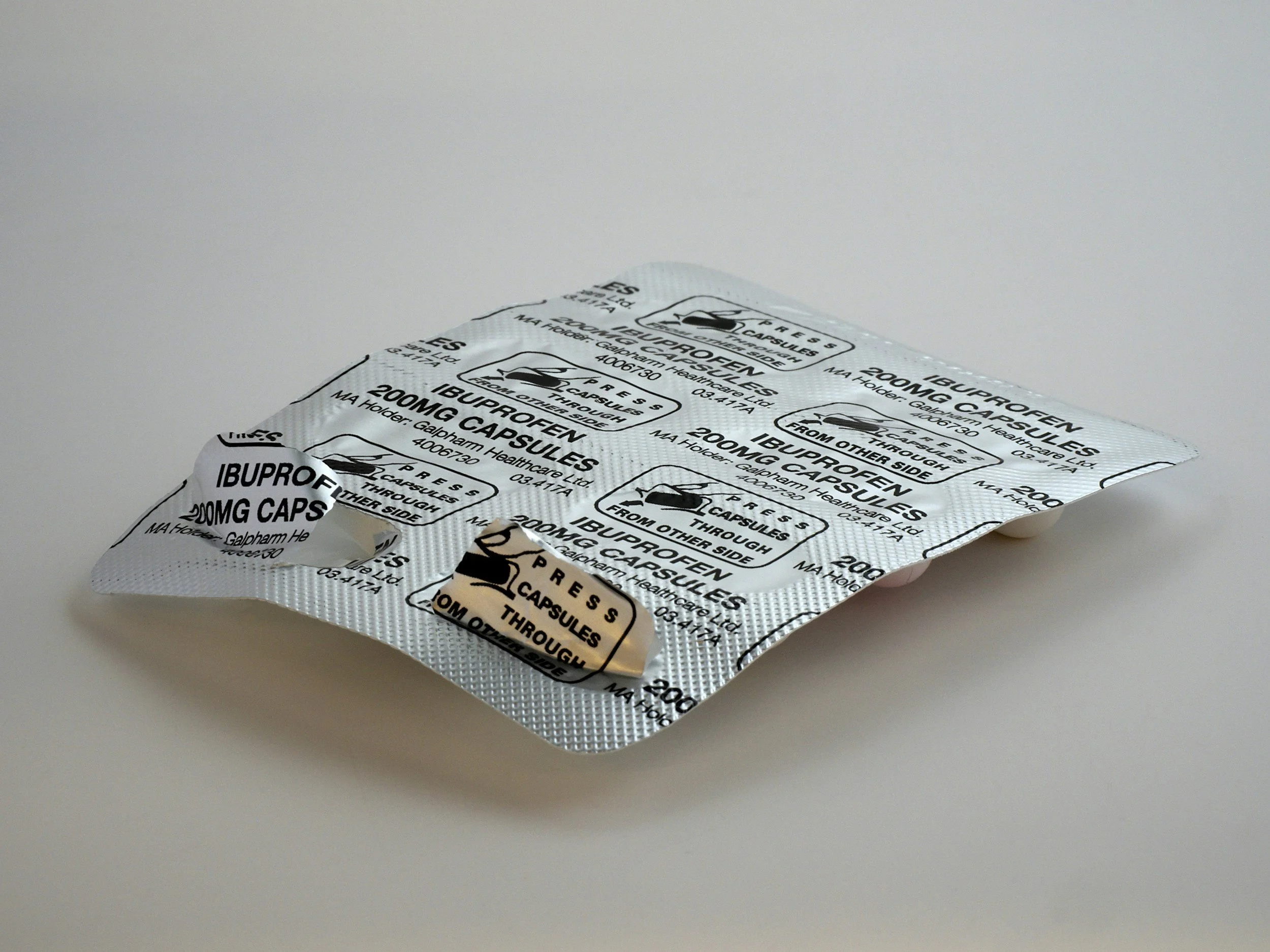
Insights for the Future of Rx Commerce.
The Rx Journal
From compliance to conversions — every article is written for clinical leaders navigating online prescribing, fulfillment, and scale.
Most Popular
In 2025, the most valuable clinics aren’t just treating more patients – they’re owning more of the healthcare experience. The old playbook focused on maximizing patient volume; the new playbook is about platform leverage and infrastructure ownership. Right now, across fields like dermatology, hair restoration, regenerative medicine, and even dental care, there’s a hidden revenue channel sitting dormant in most practices: prescription fulfillment.
In the background of the healthcare industry, a transformation is quietly taking place. It isn’t a new miracle drug or a revolutionary medical device grabbing headlines. Rather, it’s a fundamental shift in how clinics operate and serve their patients: the integration of eCommerce into clinical practice, specifically through owning the prescription fulfillment process. This “quiet revolution” promises to redefine how private clinics across North America thrive in the coming decade.
Over the past few years, the meteoric rise of direct-to-consumer (DTC) telehealth brands like Hims (for men’s health/hair loss/ED) and Felix (for various online prescriptions in Canada) has inspired many in the medical community. Some forward-thinking physicians and clinic owners saw these models and thought, “Should we try to do the same? If Hims can sell hair loss meds online, why not me?” Indeed, the allure is strong: huge revenue valuations, slick marketing, and the ability to reach patients nationally through an app or website.
All
In 2025, the most valuable clinics aren’t just treating more patients – they’re owning more of the healthcare experience. The old playbook focused on maximizing patient volume; the new playbook is about platform leverage and infrastructure ownership. Right now, across fields like dermatology, hair restoration, regenerative medicine, and even dental care, there’s a hidden revenue channel sitting dormant in most practices: prescription fulfillment.
In the background of the healthcare industry, a transformation is quietly taking place. It isn’t a new miracle drug or a revolutionary medical device grabbing headlines. Rather, it’s a fundamental shift in how clinics operate and serve their patients: the integration of eCommerce into clinical practice, specifically through owning the prescription fulfillment process. This “quiet revolution” promises to redefine how private clinics across North America thrive in the coming decade.
Over the past few years, the meteoric rise of direct-to-consumer (DTC) telehealth brands like Hims (for men’s health/hair loss/ED) and Felix (for various online prescriptions in Canada) has inspired many in the medical community. Some forward-thinking physicians and clinic owners saw these models and thought, “Should we try to do the same? If Hims can sell hair loss meds online, why not me?” Indeed, the allure is strong: huge revenue valuations, slick marketing, and the ability to reach patients nationally through an app or website.
Most enterprise clinic groups—DSOs (Dental Service Organizations) and MSOs (Medical Service Organizations)—know that centralizing operations unlocks scale. But few have cracked the Rx puzzle.
Clinics across North America are rapidly shifting toward direct-to-consumer (DTC) models of care. From dermatology and hair restoration to men’s health and aesthetics, patients want convenience. Clinicians want control. The missing link? Legal clarity.
Clinics today are stuck in a risky middle ground: either manually approve every prescription (which doesn’t scale), or use DIY tools that expose them legally.
Most skincare treatments take time to work. Retinoids. Hydroquinone. Azelaic acid. Even over-the-counter regimens need consistent use.
Selling skincare online is easy. Doing it legally as a licensed clinic? Adding in Rx? That’s a different story.
Most dermatology clinic websites are digital brochures. They showcase providers, explain services, and sometimes include a contact form. But in today’s landscape, that’s not enough.
On the surface, DIY e-commerce seems appealing. Use Squarespace. Plug in Stripe. Maybe even bolt on some Shopify tools. Done, right?
Clinics often fear that direct-to-consumer telehealth giants like Hims, Felix, and Truepill will make them obsolete.
In reality, clinics have structural advantages that DTC brands can’t replicate.
Most skincare clinics still rely on a human-heavy workflow to manage prescriptions, patient refills, and skincare orders. But every manual touchpoint is a bottleneck—and a risk.
White-label skincare isn’t a vanity play—it’s a strategic move that can transform your clinic from a service provider to a brand owner.
Most clinics plateau around $20K–$50K/month in online skincare revenue. A rare few break through the $100K/month barrier—and some into 7 figures.
What’s different?
Trust is the invisible currency of every online transaction. When a patient buys skincare from a clinic online—especially prescription-grade—they’re not just buying a product. They’re placing their skin, identity, and confidence in the clinic’s hands.
Yet most clinic websites unintentionally undermine trust…















